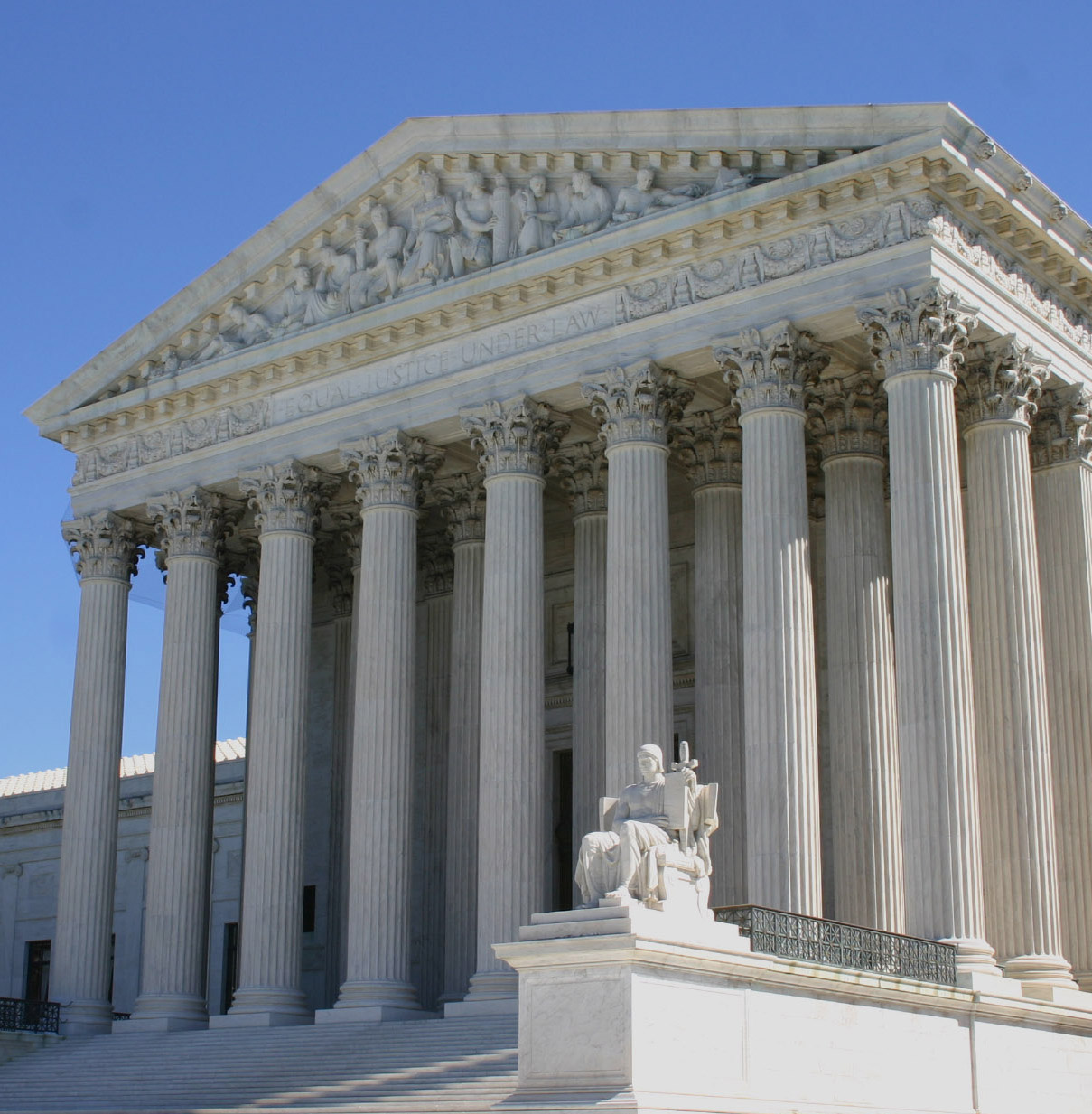In United States v. Arthrex, the U.S. Supreme Court held that the Appointments Clause does not allow administrative patent judges (APJs) to resolve patent disputes without more supervision from higher-level agency officials. In its June 21 decision, the court decided to sever the parts of the patent statute that prevented the director of the Patent and Trademark Office (PTO) from reviewing APJ decisions unilaterally.
Chief Justice John Roberts delivered the opinion of the court. Justices Samuel Alito, Neil Gorsuch, Brett Kavanaugh, and Amy Coney Barrett joined parts I and II of his opinion, which held that the director of the PTO improperly lacked direct review power over APJ decisions, giving them power that conflicted with the “design of the Appointments Clause ‘to preserve political accountability.’”
Justices Samuel Alito, Brett Kavanaugh, and Amy Coney Barrett joined part III of Roberts’ opinion and Justices Stephen Breyer, Sonia Sotomayor, and Elena Kagan concurred with the result. In part III, the court blocked enforcement of the patent statute at issue “to the extent that its requirements prevent the Director from reviewing final decisions rendered by APJs.”
Justice Neil Gorsuch wrote an opinion concurring in part and dissenting in part. He agreed with the majority opinion about the relation of the Appointments Clause to APJs but rejected the idea that the court had the power to sever (remove) portions of statutes when they violate the constitution.
Justice Stephen Breyer wrote an opinion concurring in part and dissenting in part, joined by Justices Sonia Sotomayor and Elena Kagan. Breyer agreed with parts I and II of Justice Clarence Thomas’ dissenting opinion but agreed to go along with the majority’s remedy in the case, to make Patent Trial and Appeal Board (PTAB) decisions reviewable by the director of the PTO.
Justice Clarence Thomas wrote a dissenting opinion, joined by Justices Stephen Breyer, Sonia Sotomayor and Elena Kagan in parts I and II, arguing that the court ruled “for the very first time” that “Congress violated the Constitution by vesting the appointment of a federal officer in the head of a department.” Thomas argued that neither court precedent nor the Appointments Clause requires the U.S. Senate to confirm officers inferior to two officers below the president.
The court’s ruling preserved the authority of the secretary of commerce to appoint APJs while increasing the supervision powers of the director of the Patent and Trademark Office. Each of the Justices’ opinions referenced arguments from the debate surrounding presidential control over other administrative officials across the federal government.
The case was consolidated with Smith & Nephew Inc. v. Arthrex Inc. and Arthrex Inc. v. Smith & Nephew Inc.
Additional reading:
Article II, United States Constitution
Oil States Energy Services v. Greene’s Energy Group
Free Enterprise Fund v. Public Company Accounting Oversight Board
Link to the U.S. Supreme Court decision:


